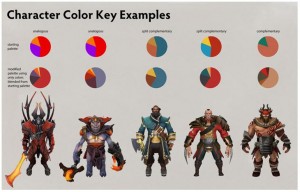For this assigment we decided to use dynamic structures doe the adaptability and flexibility they bring. It consists of two rigid elements hinged together, that leave us we diferent posibilities for the design; this means that the system can be stabilized by placing a rigid element. Read More
Category Archives: Uncategorized
It’s All About Arches


The two prototypes developed were developed under the concept of leading the forces on the cleanest and fastest way possible through the structure. To achieve this, we looked upon the arch and its structural behavior and decided to explore it in two different ways. First, we explored the essence of the arch and how a surface could be done by joining several of them transferring the loads to exploit the arches distribution ability. Second, the possibility of doing a multiple direction arch by adding the behavior in every direction through bending, compressing, and tensioning. Read More
Surface active structures II – Character of structures
Character of structures:
Differentiation and behaviour (SAS 2)
Seminar By Manja van de Worp (2014)
In this seminar we approach structural design through local and global behaviour, exploring 3D neighbourhoods of components. These neighbourhoods, i.e. the specific organisation of elements / components drive the character of structures, i.e. its structural behaviour.
It is the definition and behaviour of the single component as well as how it is connected to its neighbour that enables the performance of a specific function within and as the whole. In this context a character describes an a specific trait / performance, relating its particular organisation of elements to a particular place informing local and global behaviour of the total structural system.
Our exploration in organisation of components aims to define 2 distinct structural characters using the properties of the components, and the organisation of elements that drives the manner in which our structure functions or operates, relying on both the local and global control.
We explore the design of these two structural characters using both digital and physical experimentation. We will use Karamba to give us an idea of organisation and the global behaviour and use 1:1 physical component behaviour as the digital input digital component input. We finish the seminar with a 2 day workshop where in teams we will design and generate two structures (to scale) with a very specific character using the organisation of elements.


